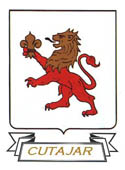





By Ray Cutajar
|
|
Father Francis set sail for Britain, taking with him a restored painting of the presentation of Jesus at the Temple, which he had bought from a junk shop in Italy some years back. After spending some time in London and Liverpool in 1926, he was sent for the first time to Dolgellau in 1928 to start the first Catholic Mission since the reformation. At that time, the Catholics were very few and scattered.
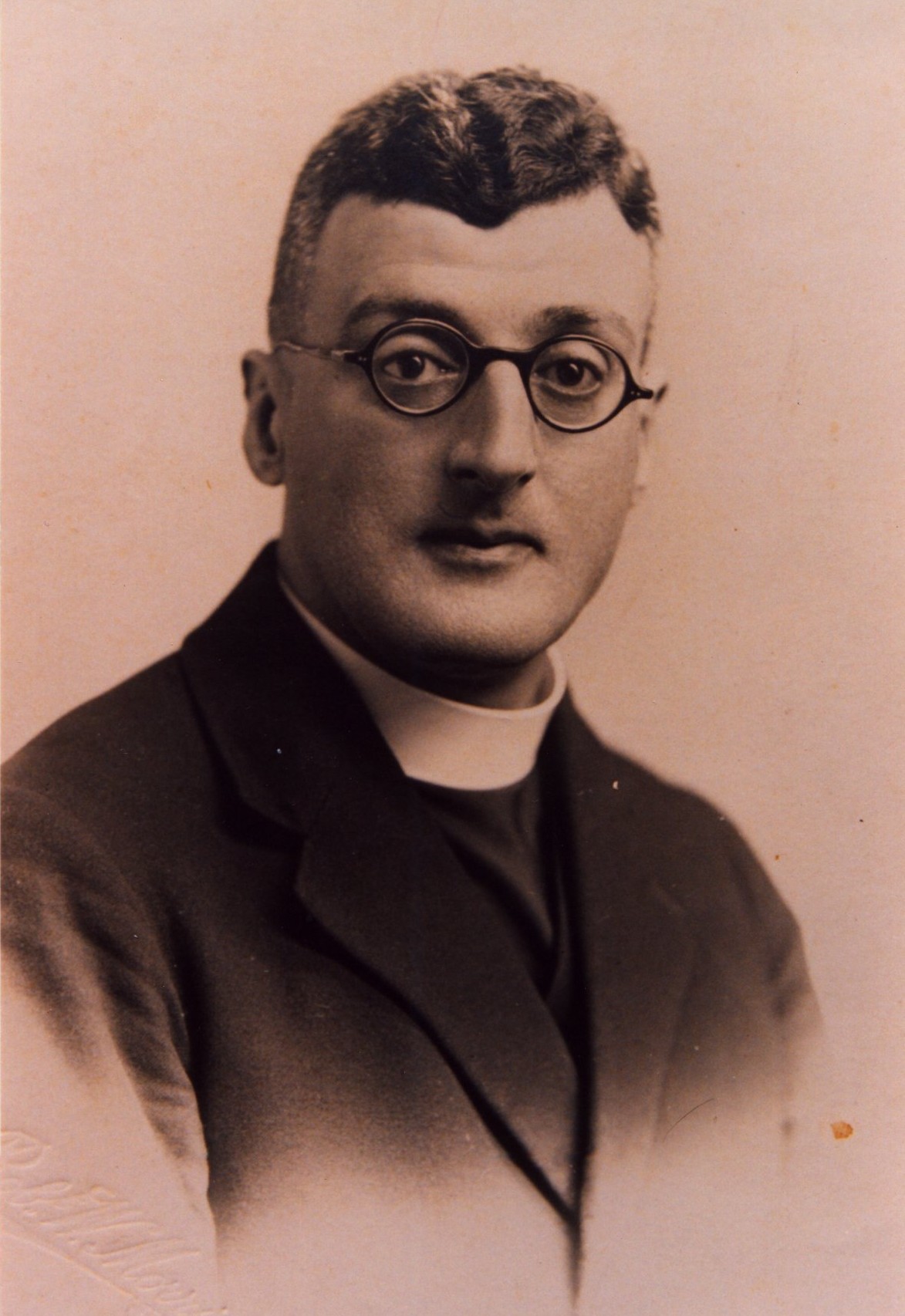
According to Jack Moran, the person who knew and helped Father Francis for many years, Father Francis arrived in Dolgellau on the last train at 9.30 p.m. on 28thSeptember 1928, with �2 in his pocket and a small case in which he carried the vestments for saying mass. He had nowhere to go and he managed to find an old barn adjoining a stable. The doors to the barn were barred, but he removed some planks on the side of the barn and entered. The barn was infested with rats and so he could not sleep in there. He went back on the street and knocked on many doors, but the Welsh were very bitter towards him and slammed the door in his face. Father Francis returned to the barn and climbed a ladder which led to a loft. Many slates in the roof were missing and Fr.Francis could see the stars through the holes. He gathered some straw to lie down upon and spent the night there. Next morning he awoke at 6.30a.m. and found that the bottom of his trousers had been nibbled by the rats. He decided to leave Dolgellau and turn back. Fr.Francis wanted to catch the train back and he asked an elderly lady the time of the trains. He told her briefly what he came to Dolgellau for and what had happened. The kind lady offerred him a cup of tea and after hearing his story she welcomed him into her home. Her name was Mrs.Matilda Hughes. She was born on 3rdDecember 1867 Barbara Matilda Scheible Rorschach in Switzerland and she died on 31stMarch 1960. Mrs Hughes looked after Fr.Francis for 32 years and he referred to her as his second mother. 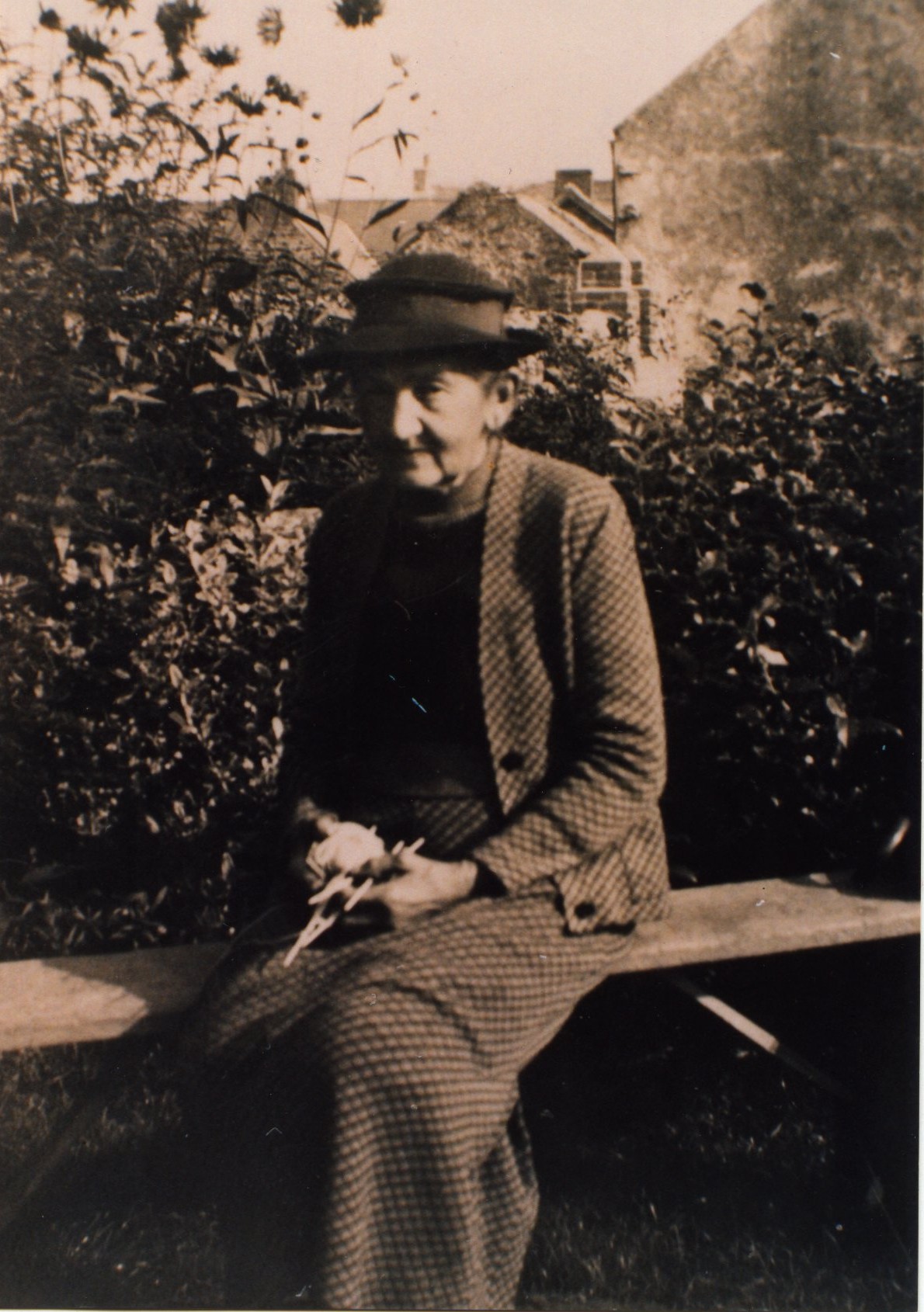 At Dolgellau, he used to live at 12, Eldon Square, at Mrs.Hughes' house, who owned a shoe shop. She cared for Father Francis as if he were her own son, and in turn he tried to be like a good son to her in her old age. They would sit together by the fireside, chatting about different countries. Mrs Hughes would perhaps be knitting away with her flitting needles, while Father Francis stroked one of his cats. When Mrs Hughes passed away, Father Francis inherited her estate, much of which he liquidated and contributed towards the present Dolgellau church. 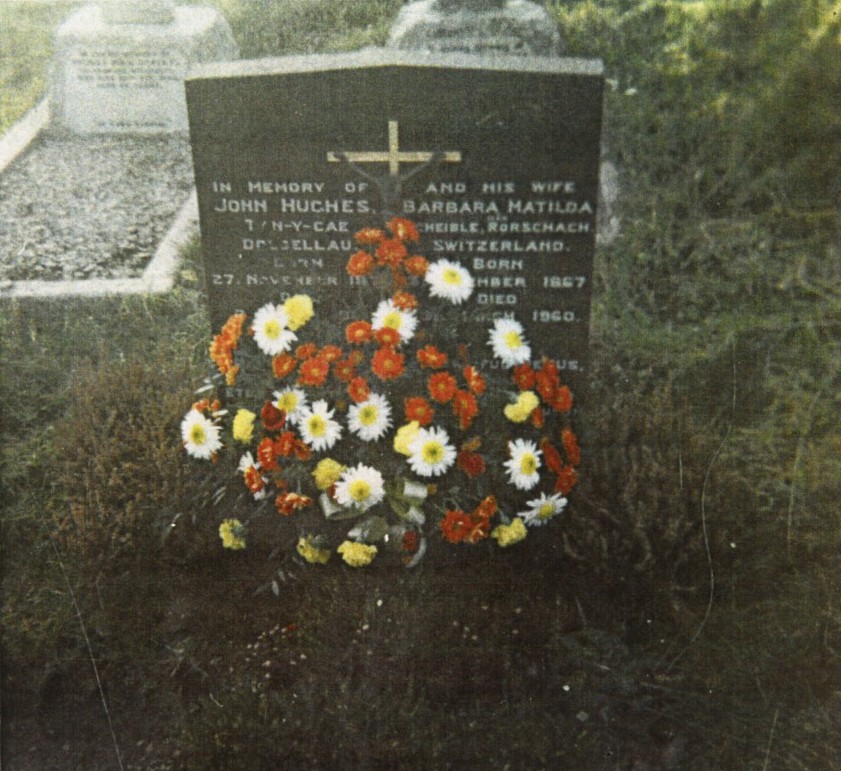 The first church set up by Fr.Francis According to the Wrecsam Peopleof May 1997, records show that there was a church in Dolgellau in the 12thcentury, near to the time when the Cistercians established Cymer Abbey some miles away. In 1929 eight Carmelite nuns arrived in Dolgellau to establish a monastery, which is still very much alive up the Cader Road.  The small number of parishioners included Judge Ellis, a retired judge in the Indian Circuit, his wife, a Miss Willoulsey-Mee and Mrs Matilda Hughes. These people were instrumental in having a church built. There was very little money in the parish and only about 28 parishioners, of whom 11 were children. Father Francis had to provide religious services to the existing parishioners and attract more people towards the Catholic Faith. He used to tell his niece May that during his initial time at Dolgellau, he used to say mass in a 'church' which was almost empty and some times the number of cats roaming between the chairs would be greater than the congregation! 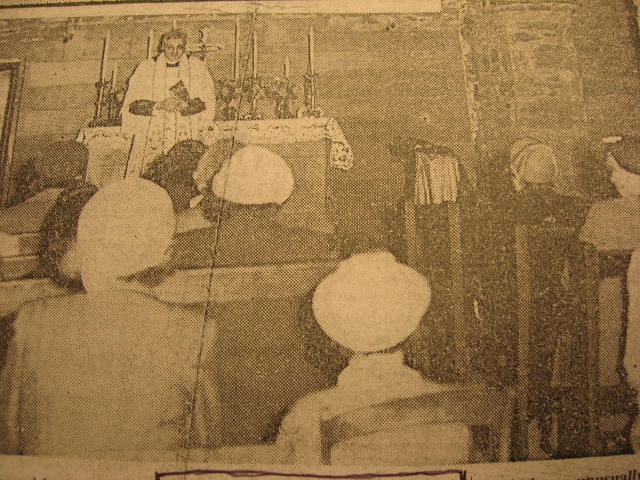  The 'church' which Father Scalpell opened was about 12 yards wide by 17 yards long actually an old tumbledown barn and stable, which he adjoined to an old fish-and-chip shop. Fish used to be fried where the main altar of this old church stood. Father Francis had dragged stones from the bed of the nearby river to build the walls. The roof of the church leaked badly, and the place needed extensive repairs. Father Francis set to work with his own hands to upgrade his humble church as best as he could. 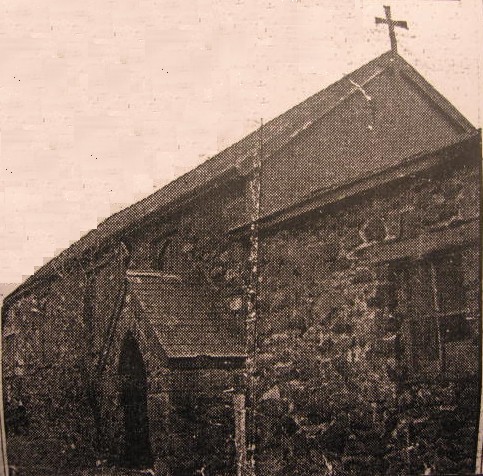 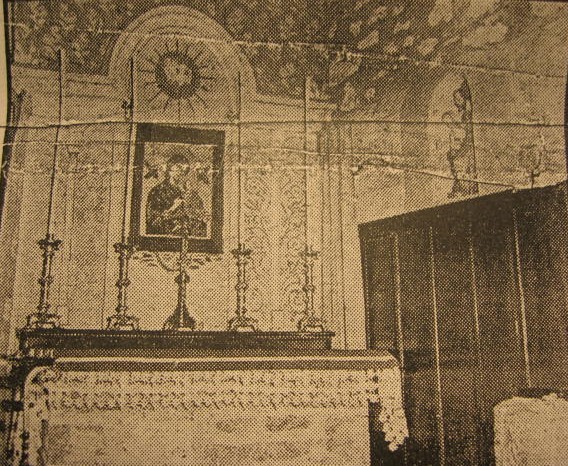 Fr.Scalpell devoted his time improving the little church and building a priests house alongside. All of this advanced immensely in the course of the war, when Italian and German prisoners of war spent a lot of time working on the church. They built a new altar and put in a wooden floor and panelling. The Italians were highly praised for the carving of a wooden screen at the altar rails. Father Scalpell worked even at night by the light of an oil lamp. Sometimes when he was working children used would throw stones and break his windows. The church was dedicated to Our Lady of Seven Sorrows and St.David 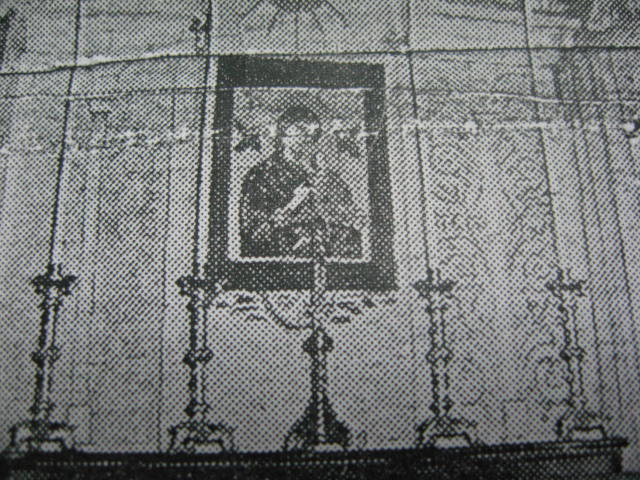 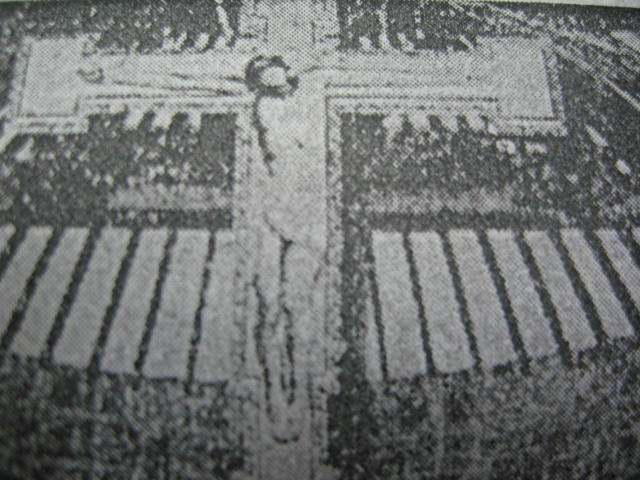 A gifted artist, carpenter and craftsman, Fr.Scalpell made many mural decorations and wooden furnishings in the old church. He also built a Lourdes Grotto with stones brought down by the winter torrents from Cader Idris and deposited them in the river alongside the church. He selected stones from the river and carried them to the shrine. The statue of Our Lady came from a junk shop and Father Scalpell restored and re-painted it. He grew flowers, shrubs and creepers to embelish the shrine. Such shrines ('nicca, as it is called in Maltese), built in a similar way, are very popular in Malta, even to this day. 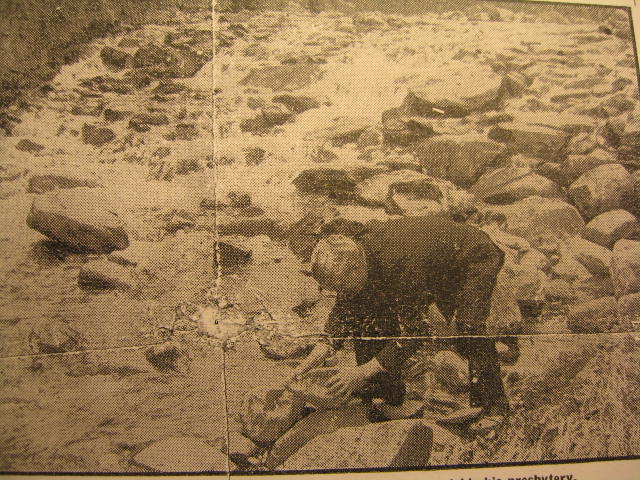  Fr.Francis built a stone wall to keep the river water from entering the church in winter. Behind the main altar of the old church there was a narrow room which served as a sacristy and confessional, but it was so damp that sometimes Fr.Scalpell's vestments were wet when he put them on for Mass. His ambition was to build a new church, but he had little money for this project. His Sunday collections varied between 5 shillings and 8 shillings. His 'presbytery' stood empty because he could not afford to run it. There was a big drop in Mass attendance when the Italian and German prisoners of war left. This low attendance was especially seen during the winter months, as there was no heating in the church at all. However, the attendance increased when a German lady living in Llanelltyd got her husband to install a wood burning stove with a huge pipe going through the roof. Smoke used to belch uot through defective joints and it was either too hot or too cold, as there was no regulator to control the burning. In 1954 there were heavy rains and the river nearby, flowing down from Cader Idris, burst its banks and in a matter of hours the waters had marred and undermined the work of years. The same thing happened in the following winter. The river was Fr.Scalpell's only enemy in Dolgellau. Parts of the walls had to be re-built and the cost to repair the damage neared �8,000. The little Catholic Mission in Dolgellau received no Diocesan grant, no income from any source whatsoever; it did not even receive 'Poor Mission' grant as many other poor Missions in England and Wales did (source: 'Pictorial' dated 29 September 1956). Father Scalpell entirely depended on donations from his congregation and any other people who cared to help him. Irish catholics came to know about the church somewhat by accident. In August 1953 a reader of the 'Irish Catholic' newwpaper learned that Father Scalpell had needed to buy a missal for the church. The handful of parishioners had collected the sum of thirteen pounds so that this missal could be bought. When sent by registered post to London, the letter and enclosed money were 'lost' and the Post Office admitted liability only up to the extent of �3. The reader of the Irish Catholic wrote to the 'Gallowglass' columnist about the matter and asked for assistance for Fr.Scalpell. The readers of the Irish Catholic responded generously and sent in donations for Fr.Scalpell totalling �95-15s3d. In the article in the Pictorial (week ending September 29, 1956) Father Scalpell was reported as saying: "The Irish people, in response to an appeal in the Irish Catholic some years ago, have been my chief helpers so far. Now I am sure they will help to supply no so much my needs, but the needs of this church. I want nothing for myself, save only to build a proper church in which Jesus may dwell. Remember I have a congregation of only 25, 18 of them are women and childen! It would be a big congregation, if only I could get the Irish to come to Mass. There are about 20 of them in my parish but, although I plead with them, they will not come. Some of them have been in Dolgelley a long time, and inter-married; others have just come. But it makes no difference". Through the years, the readers of the Irish Catholic continued their support for the Dolgellau church. When Fr.Scalpell wrote to that newspaper to inform about the opening of the new church, he reminded that the Irish Catholic and the 'Gallowglass' columnist were the first to help in the church project. Another newspaper that helped in the collection of funds for the church was the 'Universe'. Brief return to Malta
|
